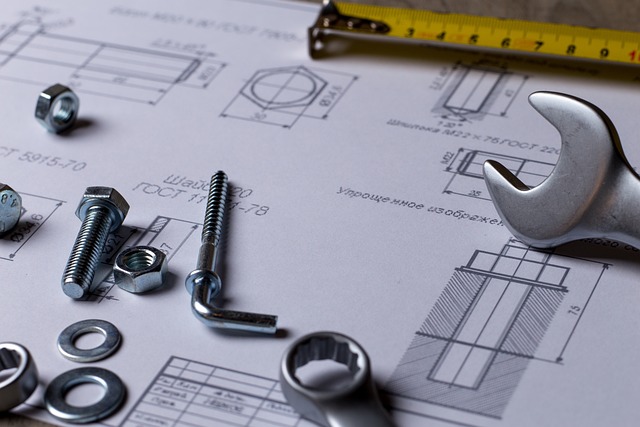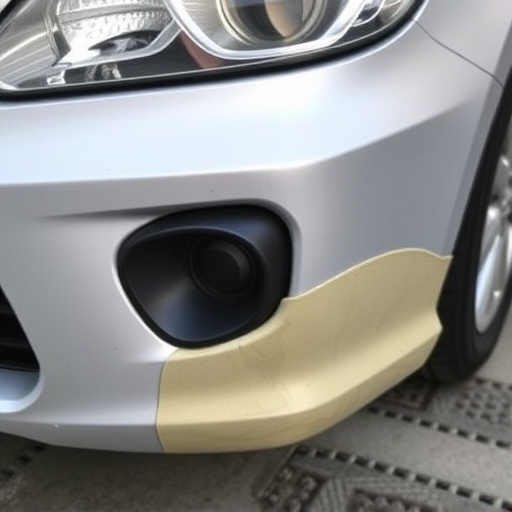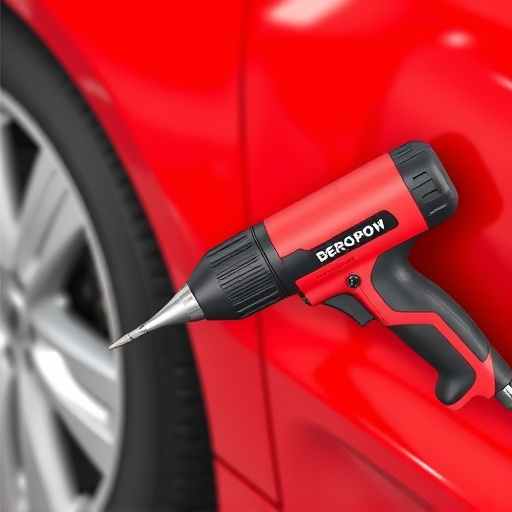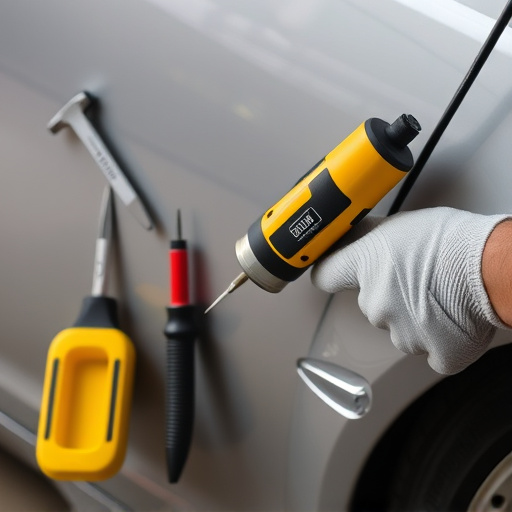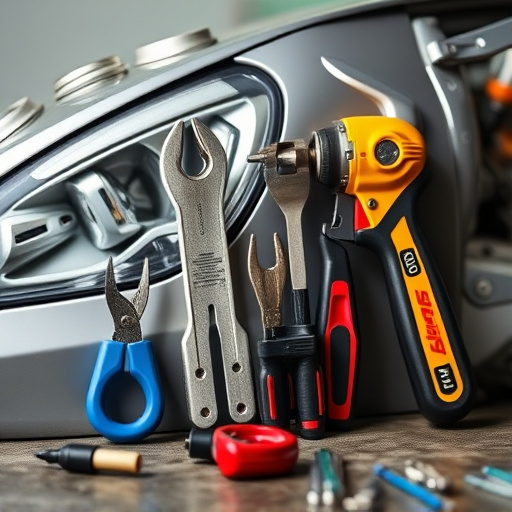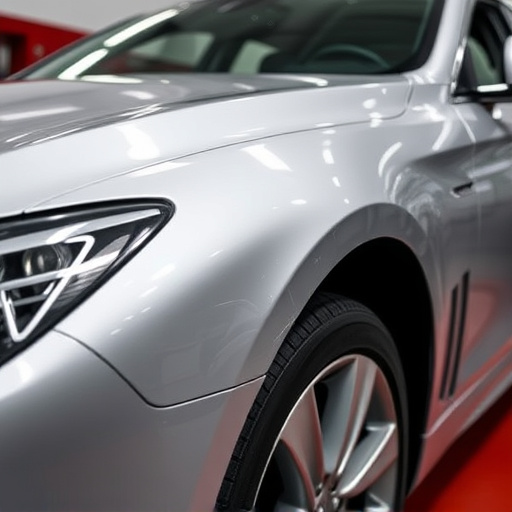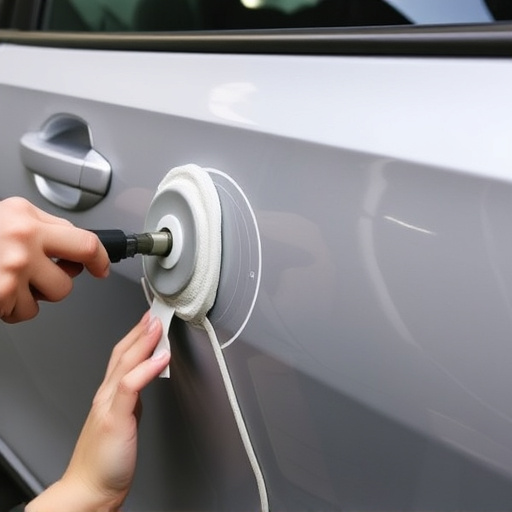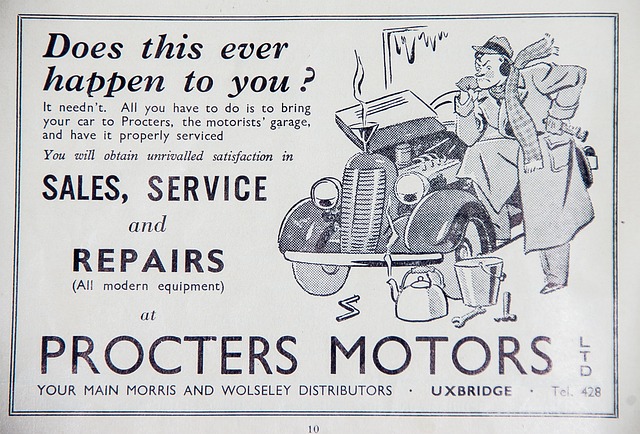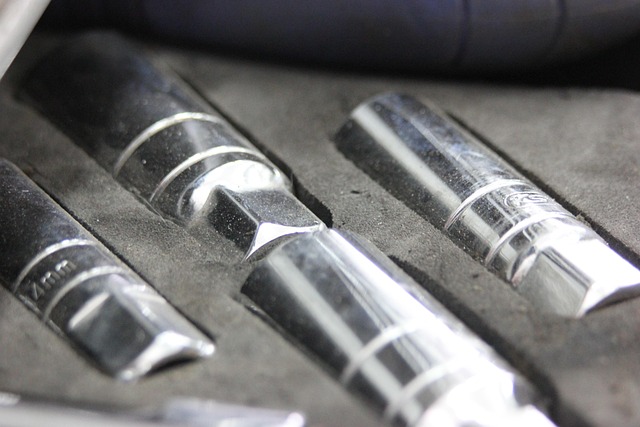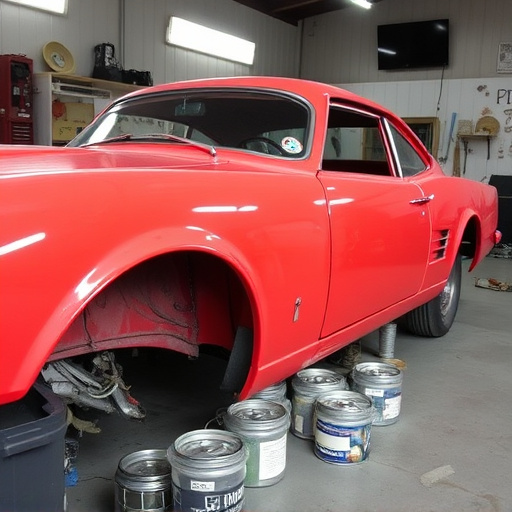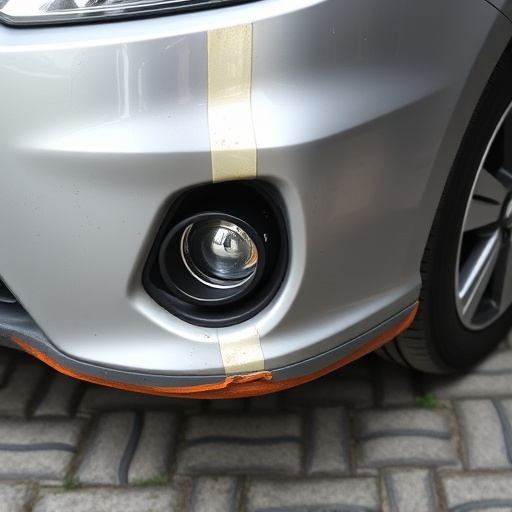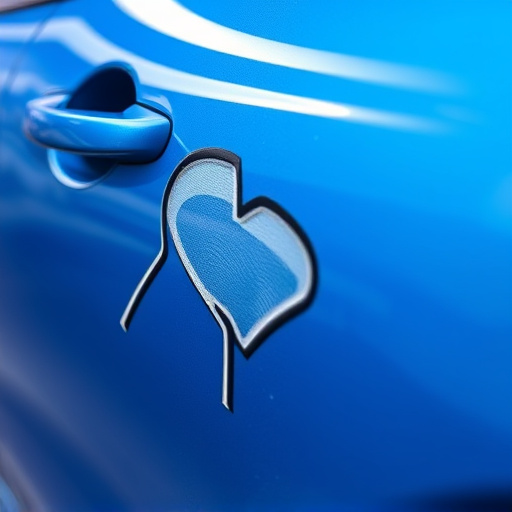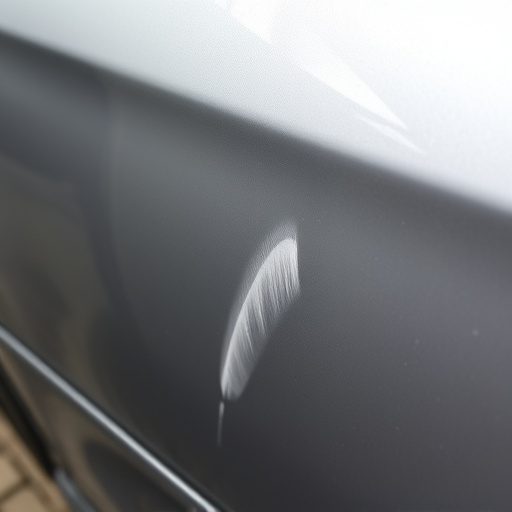When assessing damage for passenger van body repair, inspect thoroughly for dents, dings, and misalignments in doors, hoods, and trunks. Look for rust or corrosion on frames, especially in older models. Document all findings with detailed notes and high-quality images from various angles. This meticulous examination guides repairs, ensuring the vehicle's pre-incident condition and structural integrity at a reputable collision repair center. Focus key priorities on safe repair, optimal services, accurate cost estimation, and parts requirements for passenger van body repair.
Understanding the ins and outs of passenger van body repair is essential for anyone looking to maintain or restore these versatile vehicles. This comprehensive guide delves into the fundamentals, covering everything from assessing common damage like dents and scratches to mastering advanced repair techniques such as frame straightening and adhesive applications.
We’ll explore how to ensure structural integrity, meticulously restore aesthetics through paint matching, and re-certify safety features, providing a step-by-step approach to efficient passenger van body repair.
- Assessing Common Passenger Van Body Damage
- – Identifying dents, dings, and scratches
- – Measuring and documenting damage extent
Assessing Common Passenger Van Body Damage

When it comes to assessing common passenger van body damage, the first step is to conduct a thorough inspection. Look for dents, dings, and any signs of impact that might have caused structural integrity issues. Passenger vans, due to their frequent use in diverse environments, are susceptible to various types of damage. These can range from minor scratches and paint chips to more significant fender benders or collisions.
During the inspection, pay close attention to panels like doors, hoods, and trunks. Check for misalignments, as these could indicate underlying structural problems. Additionally, assess the condition of the van’s frame, which is crucial in ensuring safe passenger van body repair. Look for signs of rust or corrosion, especially in older models, as these can complicate the repair process and affect the overall vehicle repair services required.
– Identifying dents, dings, and scratches

When it comes to passenger van body repair, the first step is identifying damage like dents, dings, and scratches. These can occur from various incidents, from minor fender benders to more significant collisions. During inspection, look for any visible deformities in the paneling, including bulges, indents, or variations in the surface texture. Dings might appear as small round or oval marks, while scratches can range from shallow lines to deep gouges. Using a mirror or walking around the van, examine each panel thoroughly, checking both exterior and interior surfaces for any signs of damage.
For accurate assessment, consider using a light source to illuminate hidden areas, as shadows might reveal where dents have been compressed or where paint is chipped. Documenting these issues with photos is also beneficial, serving as before-and-after references during the repair process. This detailed analysis is crucial for effective passenger van body repair, ensuring that every imperfection is addressed and the vehicle returns to its pre-incident condition at a reputable collision repair center.
– Measuring and documenting damage extent

When assessing a passenger van for body repair, measuring and documenting the extent of damage is a critical step. It involves meticulously examining every panel, corner, and contour of the vehicle to identify dents, cracks, or any misalignments in the bodywork. This process not only helps in determining the scope of repairs required but also ensures accuracy in estimating costs and parts needed.
During damage documentation, take detailed notes and high-quality images from various angles. Include measurements of each damaged area, noting depth, length, and width. For severe cases, consider using specialized tools like calipers to capture precise dimensions. This comprehensive record serves as a roadmap for the repair process, guiding skilled technicians in restoring the passenger van to its pre-incident condition, focusing on both aesthetic appeal and structural integrity (auto frame repair).
Understanding the basics of passenger van body repair is essential for efficient fleet management. By familiarizing yourself with common damage types like dents, dings, and scratches, and implementing effective measurement and documentation practices, you can streamline the repair process. This knowledge enables prompt action, minimizing downtime and maximizing vehicle utilization, ultimately contributing to a well-maintained and reliable fleet of passenger vans.
